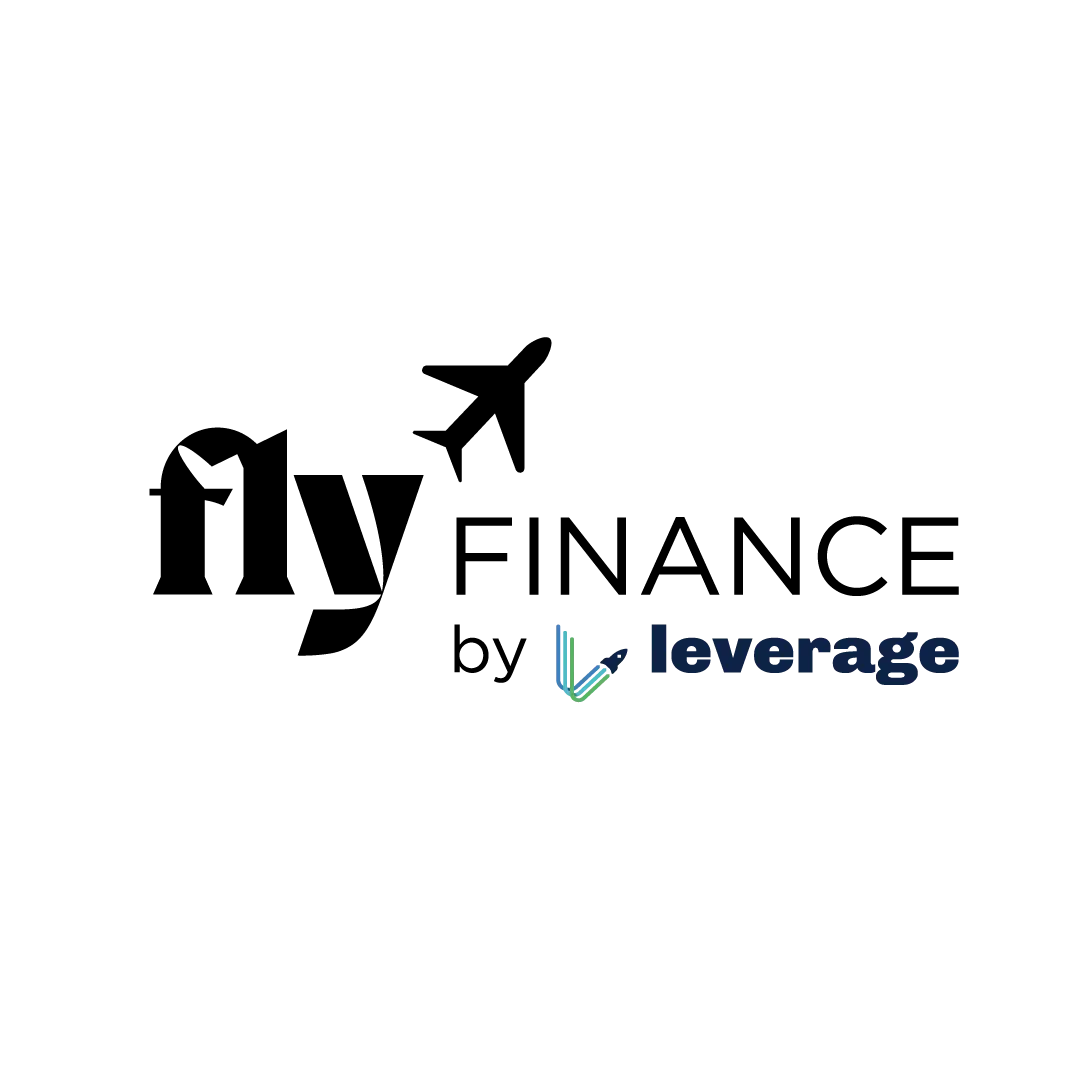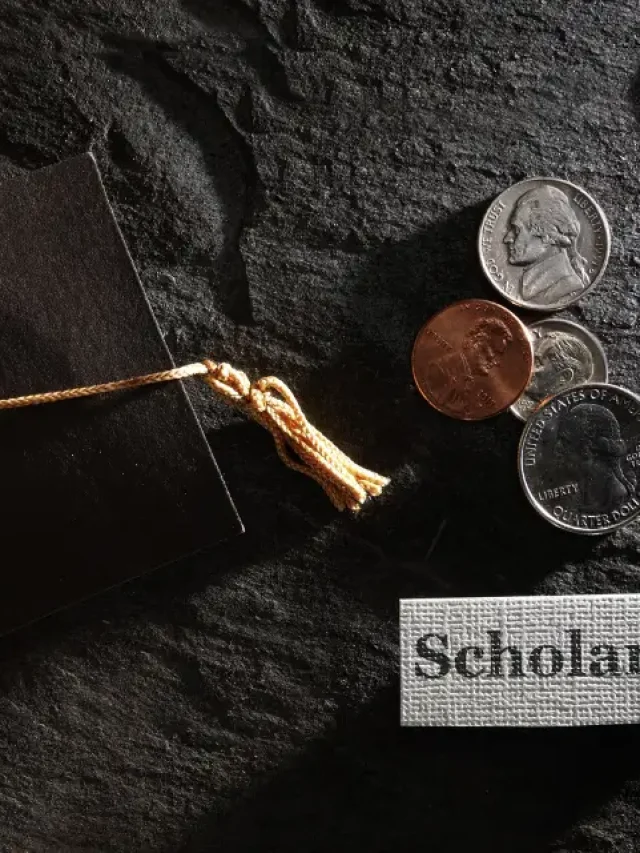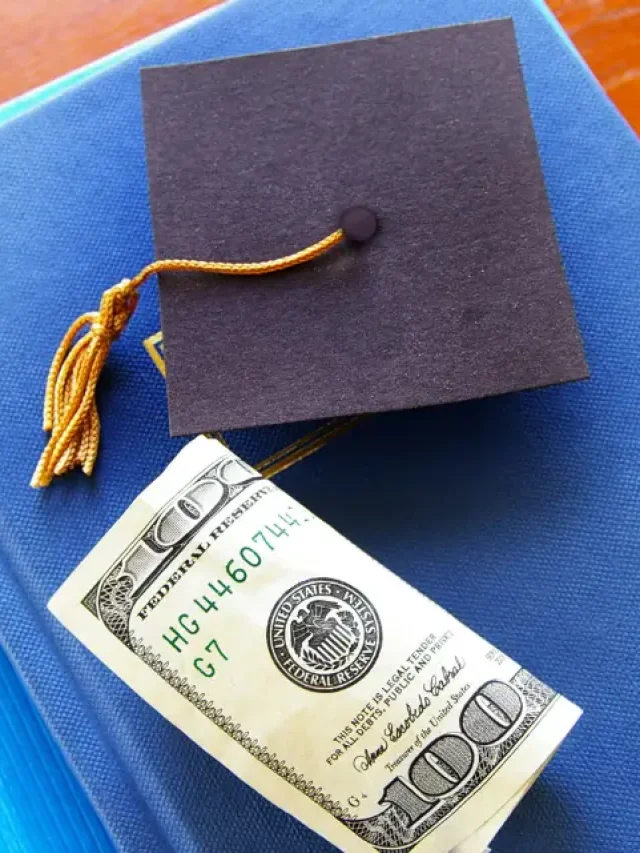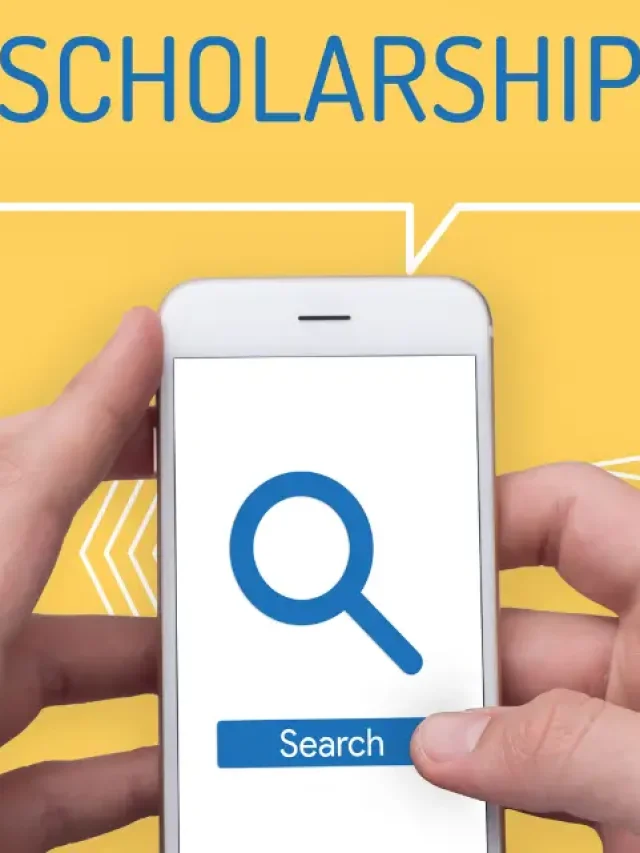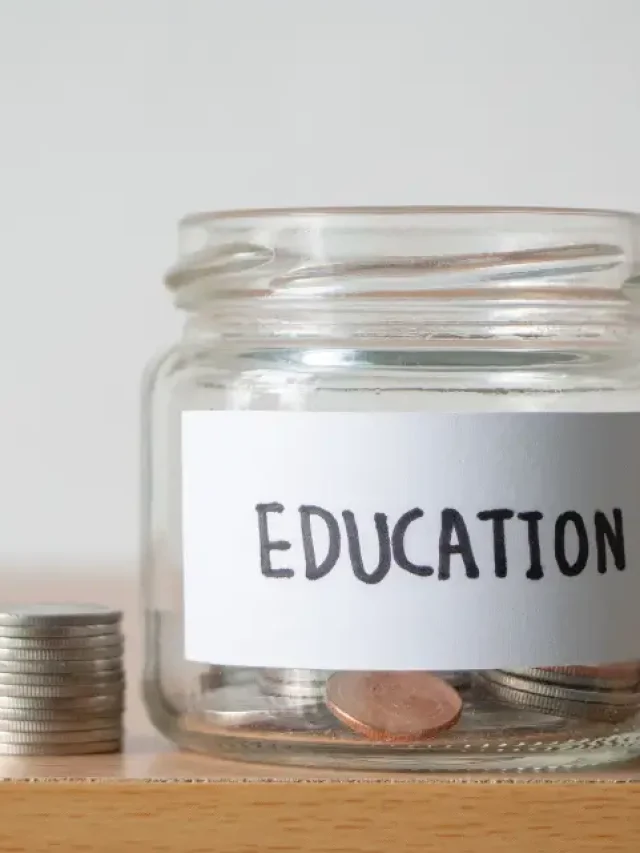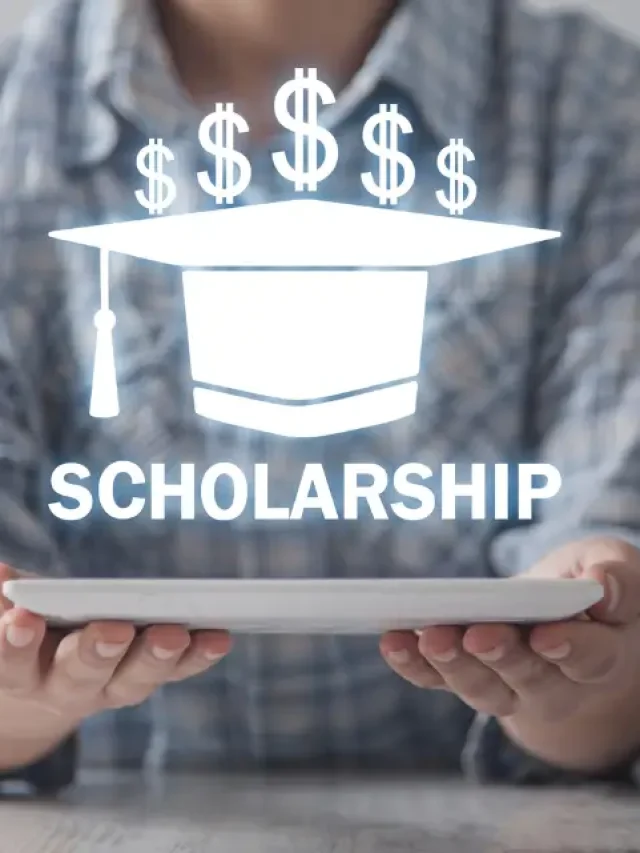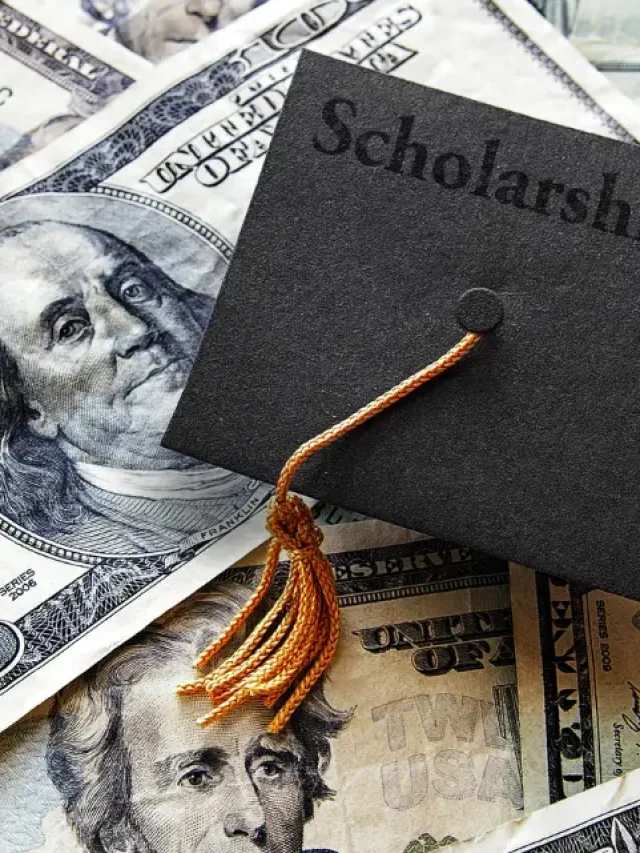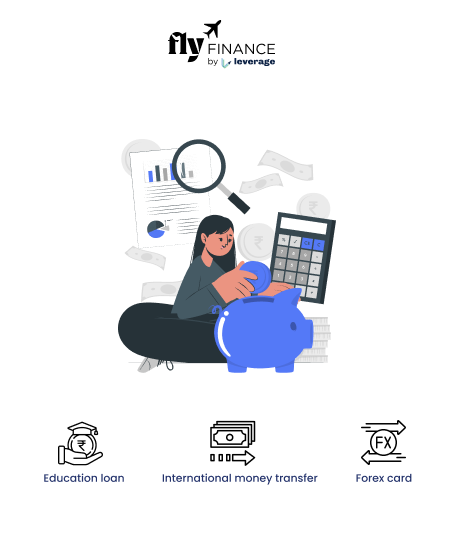Direct PLUS Loans are federal loans designed to help graduate students, professional students, or parents of dependent undergraduate students cover educational expenses. Unlike subsidized loans, interest accrues on Direct PLUS Loans during school, and they come with an origination fee.
This comprehensive guide explores all about Direct Plus Loan, its eligibility, types, application processes, repayment options, forgiveness, and more to help you make informed financial decisions.
Table of contents
- What Are Direct PLUS Loans?
- Key Features of Direct PLUS Loans
- Types of Direct PLUS Loans
- Eligibility Criteria for Direct PLUS Loans
- How to Apply for a Direct PLUS Loan
- Pros and Cons of Direct PLUS Loans
- Repayment Options for Direct PLUS Loans
- Direct PLUS Loan Forgiveness
- Direct PLUS Loan vs. Private Loans
- FAQs 0n Direct PLUS Loans
What Are Direct PLUS Loans?
Direct PLUS Loans loan to study abroad play a key role in financing higher education for students and parents. Learn what these loans are, who can access them, and their core features to understand their role in funding education.
Direct PLUS Loans are offered by the U.S. Department of Education through the William D. Ford Federal Direct Loan Program. They are available to:
- Graduate or professional students (Grad PLUS Loans).
- Parents of dependent undergraduate students (Parent PLUS Loans).
Unlike other federal loans, Direct PLUS Loans are unsubsidized loans, meaning interest accumulates from the time the loan is disbursed. Borrowers must pass a credit check, but those with adverse credit may still qualify with an endorser or by documenting extenuating circumstances.
Key Features of Direct PLUS Loans
Explore the essential characteristics of Direct PLUS Loans, including interest rates, loan amounts, and fees, to evaluate their suitability for your financial needs.
- Lender: U.S. Department of Education.
- Maximum Loan Amount: Direct PLUS loans provides maximum education loan for abroad studies that include the cost of attendance (as determined by the school) minus other financial aid received.
- Interest Rate: Fixed at 9.08% for loans disbursed on or after July 1, 2024, and before July 1, 2025.
- Origination Fee: 4.228% for loans disbursed on or after October 1, 2020, and before October 1, 2025.
- Repayment Term: Up to 30 years, depending on the repayment plan.
- Prepayment Penalties: None.
Also Read: List of Banks in Vidya Lakshmi Portal
Types of Direct PLUS Loans
Direct PLUS Loans come in two distinct forms to meet different borrower needs. Discover the differences between Parent PLUS Loans and Grad PLUS Loans and how they support educational funding. There are two main types of Direct PLUS Loans, each tailored to specific borrowers.
Parent PLUS Loans
Parent PLUS Loans help parents fund their child’s undergraduate education. Understand how these loans work, who qualifies, and how funds are distributed to make informed borrowing decisions.
Parent PLUS Loans enable parents to borrow up to the full cost of attendance for their dependent undergraduate student’s education, minus other financial aid. Key points include:
- Borrower Responsibility: Parents are solely responsible for repayment; the debt cannot be transferred to the student.
- No Borrowing Cap: Parents can borrow the entire cost of attendance, making it a flexible option for covering educational expenses.
- Use of Funds: Funds are first applied to tuition, room, and board, with any remainder disbursed to the parent or student.
Grad PLUS Loans
Graduate and professional students can rely on Grad PLUS Loans to cover significant educational costs. Dive into the specifics of these graduate student loans, including eligibility and fund disbursement, to assess their benefits.
Grad PLUS Loans are designed for graduate or professional students to cover educational costs not met by other financial aid. Key features include:
- Eligibility: Students must be enrolled at least half-time in an accredited graduate or professional program.
- Flexible Borrowing: Loans can cover up to the full cost of attendance, including tuition, fees, and living expenses.
- Disbursement: Funds are sent to the school first, with any remaining amount disbursed to the student.
Eligibility Criteria for Direct PLUS Loans
Meeting the eligibility requirements for Direct PLUS Loans is crucial for successful applications. Review the criteria for Parent and Grad PLUS Loans to determine if you qualify. To qualify for a Direct PLUS Loan, borrowers must meet specific requirements:
- For Parent PLUS Loans:
- Be the biological or adoptive parent of a dependent undergraduate student enrolled at least half-time in an eligible school.
- Be a U.S. citizen or eligible non-citizen.
- Pass a credit check (or qualify with an endorser or extenuating circumstances).
- For Grad PLUS Loans:
- Be enrolled at least half-time in a graduate or professional program at an accredited school.
- Be a U.S. citizen or eligible non-citizen.
- Pass a credit check (or qualify with an endorser or extenuating circumstances).
- General Requirements:
- Complete the Free Application for Federal Student Aid (FAFSA).
- Not have an adverse credit history, as determined by the U.S. Department of Education’s criteria (updated March 29, 2015).
Note: Grandparents, legal guardians, or other relatives are not eligible for Parent PLUS Loans, even if they have custodial rights.
How to Apply for a Direct PLUS Loan
Applying for a Direct PLUS Loan requires careful attention to each step. Follow this guide to navigate the application process with confidence and secure funding efficiently. Applying for a Direct PLUS Loan is straightforward. Follow these steps:
- Complete the FAFSA: Submit the Free Application for Federal Student Aid at studentaid.gov.
- Request a PLUS Loan: Log in to the Federal Student Aid website, select “Apply for a Direct PLUS Loan,” and provide the required information.
- Sign a Master Promissory Note (MPN): This legally binding document outlines the loan terms and repayment obligations.
- Credit Check: The Department of Education will perform a credit check. If approved, funds are disbursed to the school to cover tuition and fees, with any remaining amount sent to the borrower.
Required Information
Accurate information is essential for a smooth application process. Check the specific details you’ll need to prepare before applying for a Direct PLUS Loan. When applying, you’ll need:
- Federal Student Aid (FSA) ID.
- Student’s personal details (name, Social Security number, date of birth, address).
- School’s name and details.
- Employer information (if applicable).
Pros and Cons of Direct PLUS Loans
Evaluating the benefits and drawbacks of Direct PLUS Loans helps borrowers make informed choices. Explore the advantages and limitations to understand their impact on your finances. Understanding the benefits and limitations of Direct PLUS Loans is crucial for borrowers.
Pros of Direct PLUS Loans
Direct PLUS Loans offer significant advantages for funding education. Review the key benefits that make these loans a viable option for parents and graduate students.
- Covers Full Cost of Attendance: Borrow up to the school’s cost of attendance, minus other aid.
- Fixed Interest Rate: The rate (9.08% for 2024–2025) remains constant, providing payment predictability.
- No Financial Need Requirement: Eligibility is based on credit, not income.
- Flexible Repayment Options: Choose from Standard, Graduated, or Extended repayment plans.
Cons of Direct PLUS Loans
Direct PLUS Loans come with certain challenges. Assess the potential drawbacks to plan effectively for borrowing and repayment.
- Credit Check Required: Borrowers with adverse credit may face challenges qualifying.
- Origination Fee: A 4.228% fee is deducted from each disbursement.
- Interest Accrues Immediately: Unlike subsidized loans, interest begins accumulating upon disbursement.
- Parent Responsibility: For Parent PLUS Loans, parents cannot transfer repayment to the student.
Repayment Options for Direct PLUS Loans
Selecting the right repayment plan can ease the financial burden of Direct PLUS Loans. Discover the available options to find the best fit for your budget and goals. Borrowers can choose from several repayment plans to suit their financial situation:
- Standard Repayment Plan:
- Fixed monthly payments over 10 years.
- Minimizes total interest paid but requires higher monthly payments.
- Graduated Repayment Plan:
- Payments start lower and increase every two years over 10 years.
- Ideal for borrowers expecting income growth.
- Extended Repayment Plan:
- Fixed or graduated payments over up to 25 years.
- Lower monthly payments but higher total interest.
- Income-Contingent Repayment (ICR) Plan (available after loan consolidation):
- Payments based on income and family size, with a 25-year term.
- Remaining balance forgiven after 25 years (forgiven amount may be taxable).
Direct PLUS Loan Forgiveness
Forgiveness programs can reduce or eliminate Direct PLUS Loan debt under specific conditions. Learn about the available forgiveness options and how to qualify for them. Direct PLUS Loans may qualify for forgiveness under specific conditions:
- Public Service Loan Forgiveness (PSLF):
- Available for both Parent and Grad PLUS Loans after consolidation into a Direct Consolidation Loan.
- Requires 120 qualifying payments while working full-time for a qualifying public service employer.
- Income-Driven Repayment (IDR) Forgiveness:
- Grad PLUS Loans consolidated into an IDR plan may be forgiven after 20 or 25 years, depending on the plan.
- Parent PLUS Loans are eligible only under the ICR plan after consolidation.
- Other Forgiveness Scenarios:
- School closure before program completion.
- Death or permanent disability of the borrower or student.
- False certification of eligibility or identity theft.
Tip: To explore PSLF eligibility, use the PSLF Help Tool on the Federal Student Aid website.
Also Read: SBI Minor to Major Account Application: Process, Documents, Importance
Direct PLUS Loan vs. Private Loans
Deciding between Direct PLUS Loans and private loans requires understanding their differences. Compare the two to choose the financing option that aligns with your needs.
Choosing between a Direct PLUS Loan and a private loan depends on your financial needs. Here’s a comparison:
| Feature | Direct PLUS Loan | Private Loan |
|---|---|---|
| Interest Rate | Fixed (9.08% for 2024–2025) | Fixed or variable (varies by lender) |
| Origination Fee | 4.228% (as of October 1, 2020) | Varies (0% to 10%, depending on lender) |
| Repayment Term | 10–30 years, depending on plan | 5–20 years, depending on lender |
| Credit Check | Required (adverse credit may require endorser) | Required (stricter standards) |
| FAFSA Required | Yes | No |
| Forgiveness Options | PSLF, IDR, and other federal programs | Rarely available |
Pro Tip: Direct PLUS Loans are often preferable for borrowers seeking flexible repayment and forgiveness options, while private loans may offer lower rates for those with excellent credit.
Direct PLUS Loans offer a valuable financing option for graduate students and parents of undergraduates, covering up to the full cost of attendance. With fixed interest rates, flexible repayment plans, and forgiveness opportunities, they provide significant benefits despite higher fees and credit requirements. By understanding eligibility, application processes, and repayment options, borrowers can make informed decisions to support their educational goals.
FAQs 0n Direct PLUS Loans
Addressing common questions about Direct PLUS Loans clarifies doubts and boosts the blog’s search visibility. Find answers to frequently asked queries to better understand these loans.
Direct PLUS Loans have higher interest rates (9.08% vs. 6.53% for undergraduate or 8.08% for graduate Direct Unsubsidized Loans in 2024–2025) and a higher origination fee (4.228% vs. 1.057%). PLUS Loans require a credit check, while unsubsidized loans do not.
Direct PLUS Loans are ideal for covering gaps in educational funding, offering flexible repayment and forgiveness options. However, their higher interest rates and fees make them more expensive than other federal loans.
No, Parent PLUS Loans cannot be transferred to the student. Parents remain responsible for repayment unless the loan is refinanced with a private lender, which may allow the student to assume responsibility.
If you have adverse credit, you can qualify by:
Obtaining an endorser (co-signer) with good credit.
Documenting extenuating circumstances (e.g., temporary financial hardship).
Completing PLUS Loan counseling.
A Direct PLUS Loan is a federal loan provided by the U.S. Department of Education for parents of dependent undergraduates or graduate/professional students to fund educational expenses. It requires a credit review and carries a fixed interest rate, allowing borrowing up to the cost of attendance minus other aid received.
The disadvantages of a Direct PLUS Loan are:
Elevated interest rates: PLUS Loans have higher rates than other federal loans (e.g., 8.05% for 2024-2025).
Loan origination fees: A fee (e.g., 4.228% for 2024-2025) is subtracted from the disbursed amount.
Credit requirements: Applicants with poor credit may be rejected or require a co-signer.
Limited repayment flexibility for parents: Parent PLUS Loans offer fewer repayment plans, excluding income-driven options.
Potential debt load: Borrowing large sums can result in significant long-term financial obligations.
Loans Direct is not a defined federal program but generally refers to lenders or platforms providing loans, such as personal or short-term loans, directly to consumers without intermediaries. If you’re referring to a specific entity, please clarify for a more precise response.
A Direct Unsubsidized Loan is a federal loan for undergraduate and graduate students, available regardless of financial need. Interest begins accruing upon disbursement, and borrowers are responsible for all interest payments. Loan limits depend on the student’s academic level and dependency status.
To learn more about bank accounts for students, the best education loans, forex, banking experience for global students, or international money transfers, reach out to our experts at 1800572126 to help ease your experience with studying abroad.
